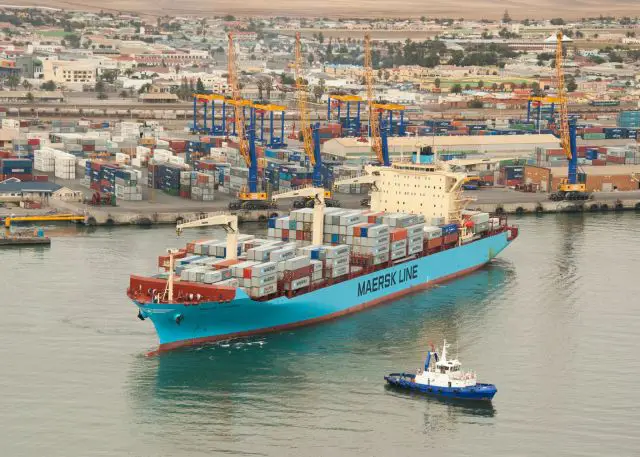The government has invited global developers and operators with significant capability and well-proven experience in port and container terminal management to submit proposals of interest in the Namibian Ports Authority expansion project.
Also Read: Construction Of Ebikes4windhoek Lanes Has Commenced In Namibia
The Namibian Ports Authority (Namport) launched an expansion project in 2013, with the government as a partner, by constructing a new container terminal in the port of Walvis Bay.
On Namport’s balance statement, the new container terminal is listed as a significant asset. The government believes that if it is utilised, marketed, and managed in conjunction with other complementary components, it may now provide additional opportunities to help Namibia’s economic growth goal.
The government intends to construct a special economic zone (SEZ) in the Port of Walvis Bay to increase container throughput while also contributing to the country’s other strategic goals, such as job creation and value addition.
The establishment of an SEZ is expected to significantly enhance urban regeneration and development in Walvis Bay and the Erongo region.
Consequently, WIDI consists of three project components: a private operator managing and running the existing NCT at the Port of Walvis Bay, the development and deployment of a national single window facility, and the establishment and operation of a special economic zone (SEZ) at Walvis Bay.
A national coordinating committee has been created, with the NIPDB serving as the primary coordinator to identify and engage global market leaders and help the government with the Expression of Interest (EOI) process.
The group also includes representatives from the ministries of finance, public enterprises, industrialisation, commerce, and Namport and the Namibia Industrial Development Agency (NIDA).
Using the ideas presently being sought from worldwide operators, the government should assess market willingness for partnerships if and when project components are integrated or whether the benefits are increased if these efforts are examined independently.

